A taste of Parma
Parma started out as a whim. I mean, when people think about visiting Italy they usually think: Rome, Florence, Venice, Naples, Milan—not Parma. But while looking at the cities between Florence and France, I thought to myself, “Hey we like Parmesan and Prosciutto, let’s go to Parma!” At least I figured we’d get to taste some cheese.
In the end we spent four nights at the friendly, family-owned Camping Arizona, we visited each of the Musei del Cibo (the incredible, I-can’t-believe-they-actually-exist “Museums of Food”: Parmesan, Prosciutto, Salami, and Tomato) and we discovered something even better than prosciutto: culatello. Though we never ended up in the city of Parma itself, we fell in love with the countryside. And it’s where, I can say with confidence, that I finally started to feel comfortable driving with a stick-shift.
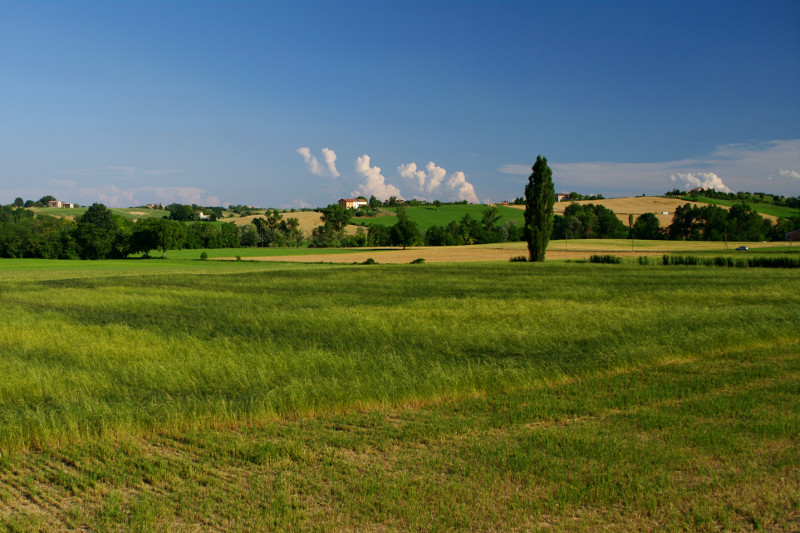
The real gem of our trip to Parma was visiting C.P.L., a working caseificio, one of over 400 independent “cheese factories” within the Parmigiano-Reggiano Consortium. Each makes what we commonly refer to as Parmesan: the famous hard Italian cheese that comes in 40kg (88lbs) wheels and fractions thereof (not the stuff that comes in green cylinders labeled “Kraft”). (Update: I received word that C.P.L. was spared in the 2012 Emilia earthquake.)


Milk arrives at the factory twice a day. The evening milk is left out overnight to allow the cream to rise to the surface. The cream is removed in the early morning to make butter (long-time readers might recall my previous post: The King of Butter), and then the “skimmed-milk” is combined with the morning’s whole, full-fat milk to make that day’s cheese: about 1,200 liters in each conical copper kettle.
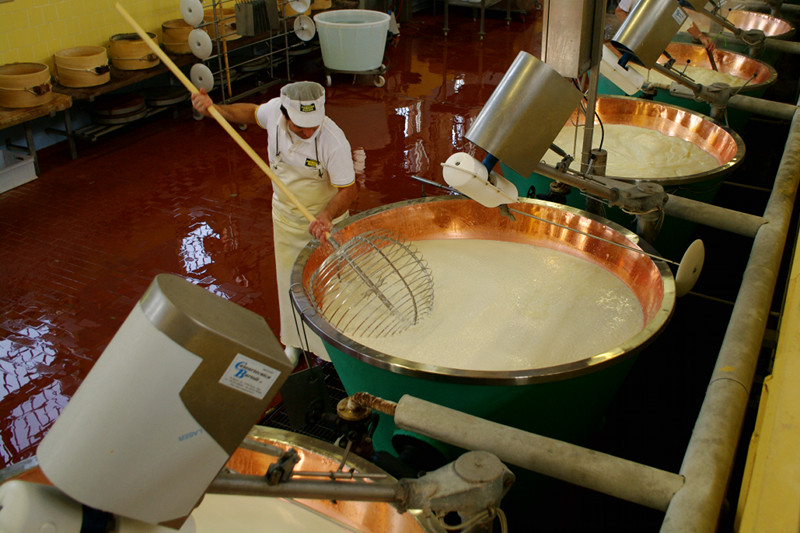
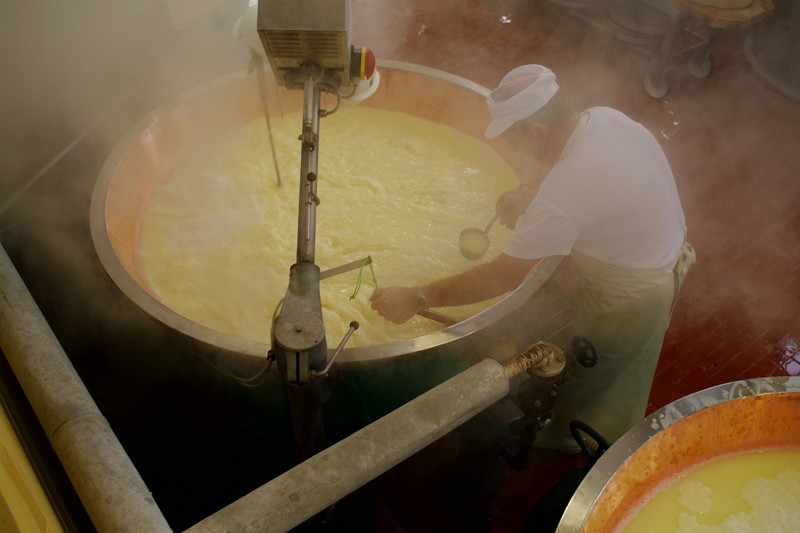
A portion of the whey from the previous day’s cheesemaking acts as the starter culture (kind of like breadmaking). Every day some whey is reserved for this purpose, while the excess goes to the pigs used to make prosciutto. This is not only a happy-accident—the DOC regulations for Prosciutto di Parma stipulate that the pigs must be fed whey and other waste products from the production of Parmigiano-Reggiano cheese.
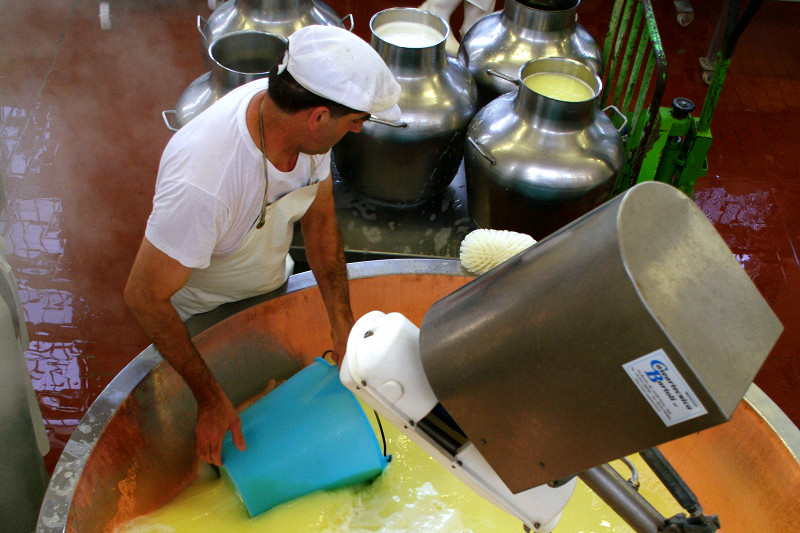
After being cooked, the entire 90kg mass of cheese curds is lifted out of its whey by hand with a giant cheese cloth. It’s immediately cut in half, forming two 45kg “twins”, each of which will become a wheel of Parmigiano-Reggiano cheese.


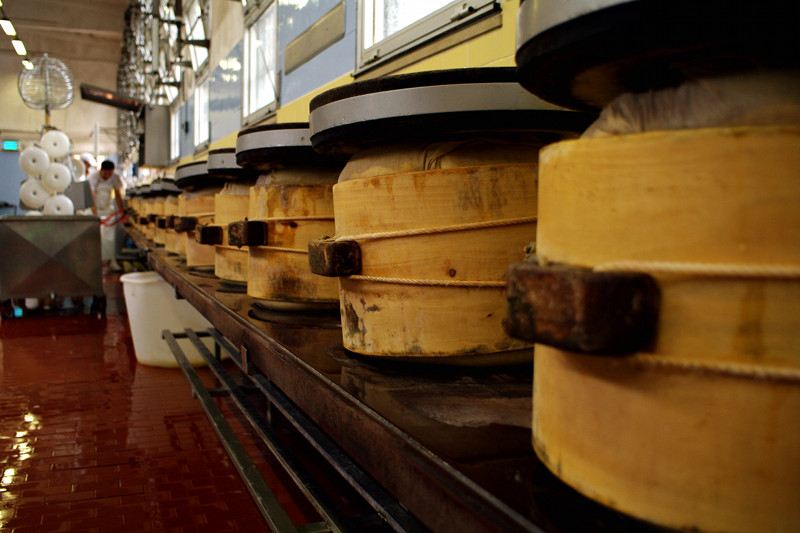
Once the wheels have dried for several days, they are moved to the brining tanks, where they float in salt-saturated water for more than 3 weeks. After that they are brought to the aging room, where they hang out for a minimum of one year, loosing about 5kg of mass in the process. At that point each wheel of cheese is inspected, primarily by sound, to determine if it deserves the name Parmigiano-Reggiano. Some cheese can be sold shortly after this point. We tasted some 18 month Parmesan and found it to be rather bland, like a weak Emmental. However, the cheese that’s been aged at least 22 months (what most people know as Parmigiano-Reggiano) was something else: moist, tangy, and almost fruity. What a difference those 4 months make.
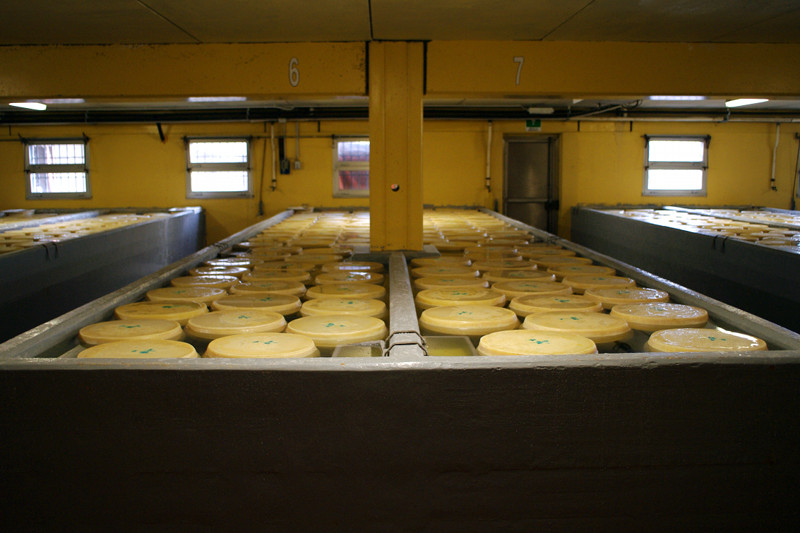



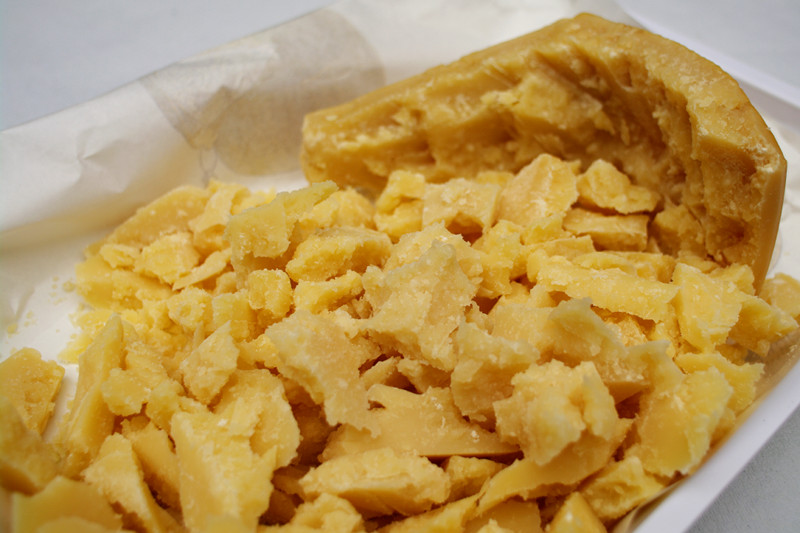
What a perfect excursion for you two…how’d you get to Parma from France?
Sorry – reading your posts in reverse chron means I missed the getting to Italy part… :)
Wow, Italy, I love it and I am sooo jealous. Glad to see your trip is so awesome!
Claudine, I’ll try to post a map in one of my next posts, but as you discovered in my earlier posts, via Corsica.
Wow. I wish I had some pigs to feed whey to, but our property owners association specifies: no swine! Oh, well.